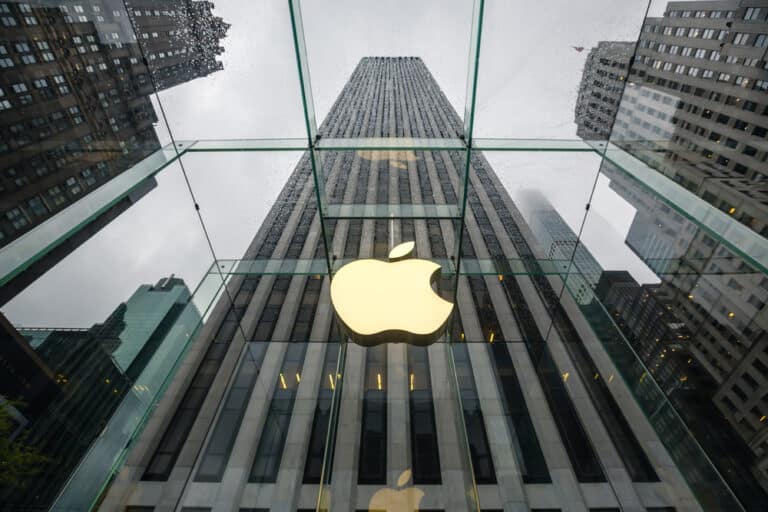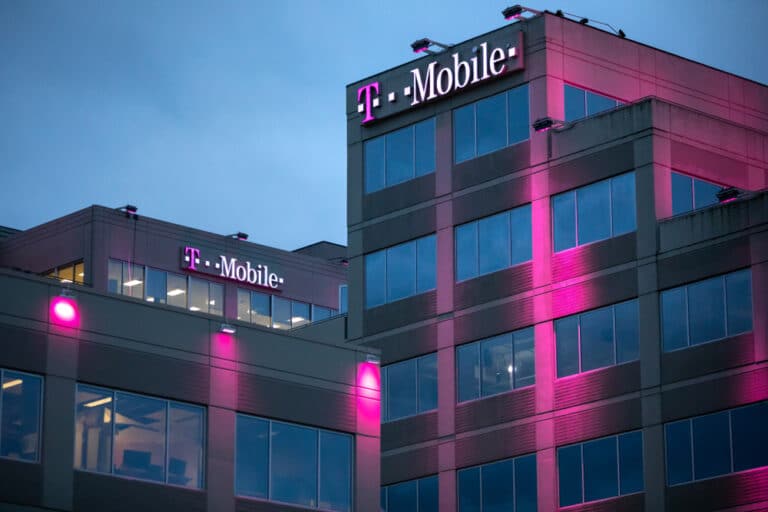Fifteen years after unveiling the $128,000 Roadster, Tesla has become one of the most talked about stocks on both Wall Street and Main Street. However, the 25% year-to-date loss means one of two things: 1) investors are throwing in the towel after a multi-year bull run and declaring the bull narrative over, or 2) investors are wrong in selling the stock and the sub-$200 per share price tag is a near-term trend that won’t last.
Which one is it? As of now, the bear narrative has more validity to it.
Despite surpassing Wall Street’s earnings estimates for 10 consecutive quarters, the company led by Elon Musk has fallen short in the last two quarters. Economic conditions and increased competition have led to Tesla lowering the prices for its cars to help spur demand. In the last quarter, BYD of China overtook Tesla as the world’s leading EV seller.
As such, it shouldn’t surprise investors that Tesla’s stock is the sixth worst-performing Nasdaq-100 component member this year. But the case can be made that long-term investors who buy now could position themselves for significant multiyear gains.
The Market Overreacted To The 2023 Q4 Update
The 40% year-over-year drop in Tesla’s EPS in the fourth quarter of 2023 was not solely due to pricing issues. Higher expenses tied to factory upgrades, the Cybertruck launch, and R&D projects (including AI initiatives) all played a role in an earnings report that failed to restore investor confidence.
Encouraging metrics, like a 20% year-over-year increase in Q4 deliveries and total deliveries of 1.8 million units in 2023 took a back seat to other takeaways.
Another significant yet underappreciated aspect of Tesla is its Supercharger Network, the world’s largest fast-charging EV network. An increasing number of automakers, including Ford, GM, Volvo, Mercedes-Benz, and BMW, have committed to adopting the Supercharger standard by 2025.
One would hope the Supercharger business will offset some of the weaknesses in EV sales over time.
Profit Growth Is Expected To Accelerate In 2025
Another factor contributing to the market’s negative sentiment towards Tesla is the expectation of continued slowdown this year. Management warned that vehicle volume growth would slow in 2024.
Along with softer pricing, Wall Street is projecting 17% revenue growth this year, just one-third that of 2022. Discouraged investors have decided to get out, but there’s good reason to go along for the ride.
Growth reinforcements are coming.
Initially, Tesla’s Gigafactories 4 and 5 in Berlin and Austin, respectively, are set to increase rechargeable battery production to support new models, like the Cybertruck and the Semi commercial transport rig.
Together with an expanded role for the Energy Storage business, this strategy is expected to drive an 18% increase in sales and profits by 2025. If earnings growth accelerates as expected — and better yet, Tesla gets back to its EPS-beating ways — investors are likely to flock back to the widely-followed stock.
The coming year may serve as a reminder of the enduring narrative of EV adoption. Environmental benefits, cost efficiencies, and technological progress are increasingly convincing consumers to prefer EVs to traditional gas-powered vehicles.
With escalating demand and the implementation of government mandates, it is projected that 25.2 million EVs will be operational on U.S. roads by 2030. Although competition from Chinese and domestic automakers is expected to intensify, Tesla’s brand reputation, technological innovation, and diverse business model position it to benefit significantly from the shift towards clean energy.
Bottom Line
Tesla shareholders may be selling, but Tesla car owners are still buying. By 2030, with EVs expected to constitute 50% of new U.S. vehicle sales, investors might view the current 50% discount on Tesla stock as a once-in-a-generation opportunity.











